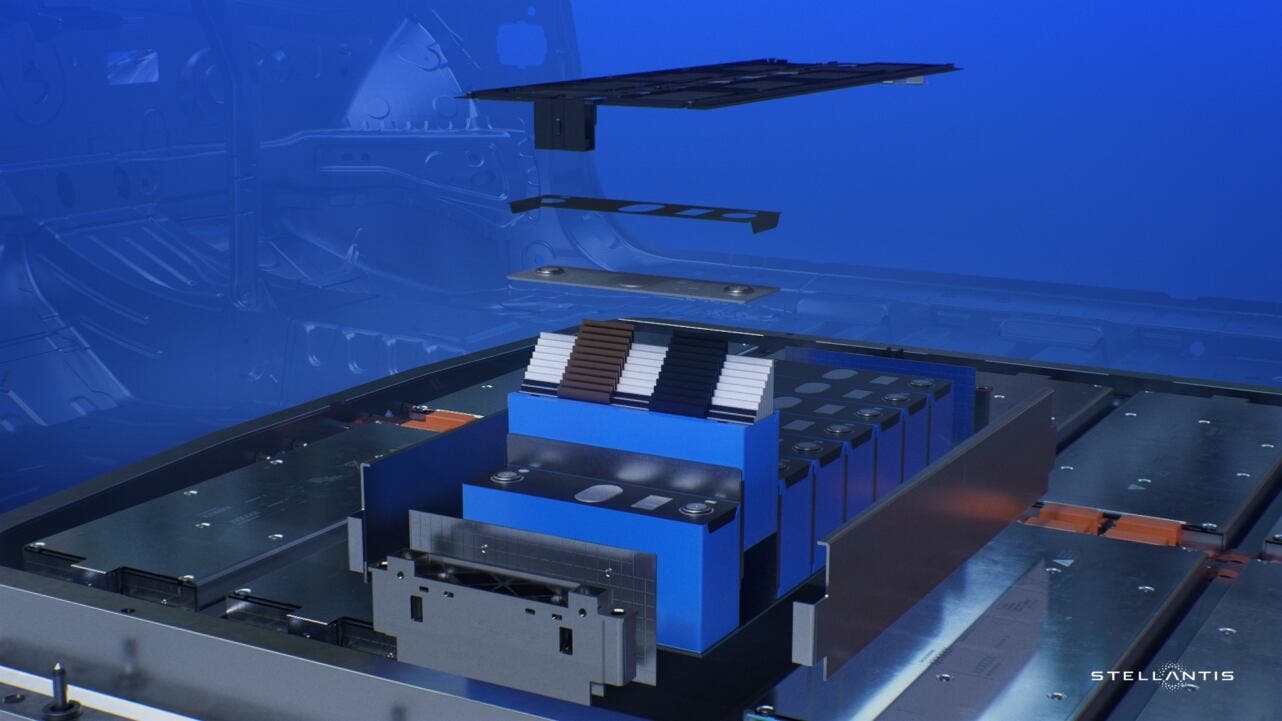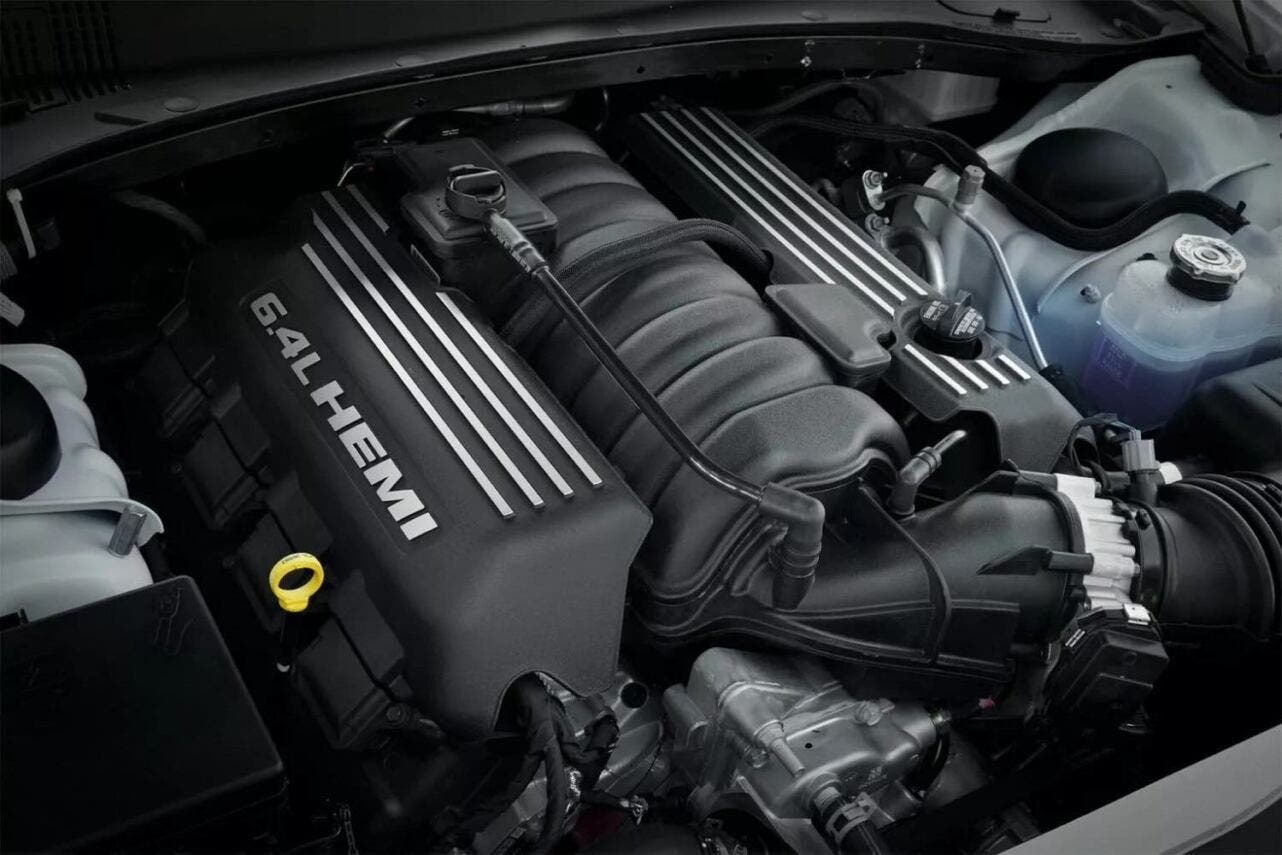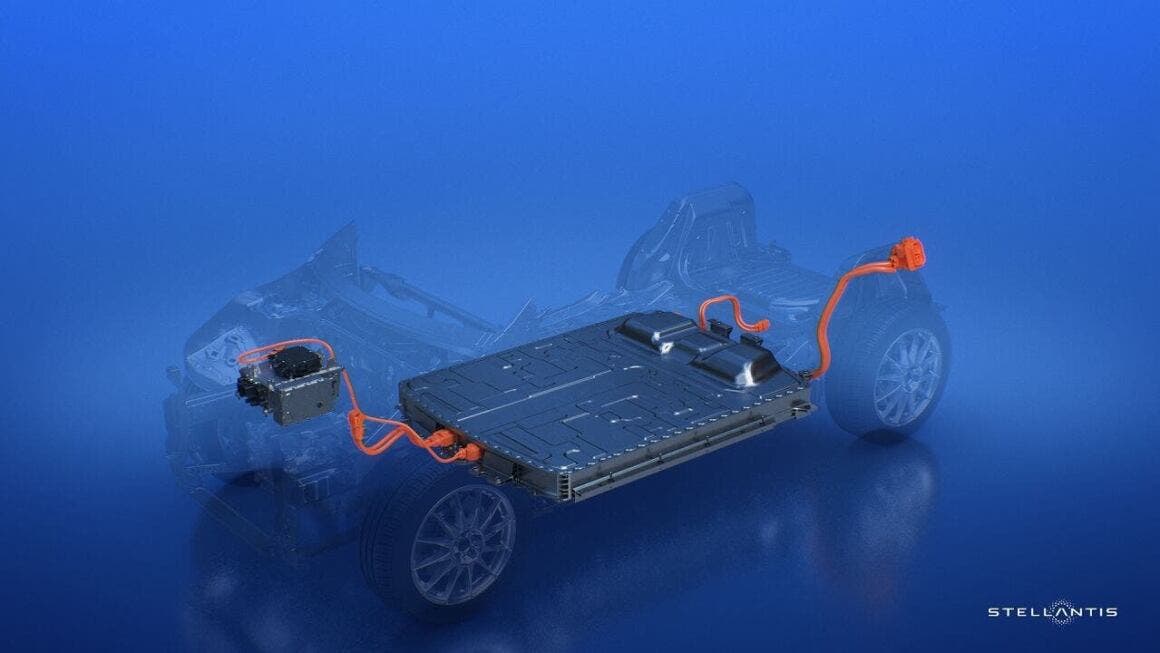Stellantis envisions a bright electric future, with the new STLA Small platform at the heart of this project. This platform, which marks an evolution from the current eCMP, will be used for a range of models, from the Peugeot 208 to the new Fiat 500 and the Panda planned for 2030.
The Stellantis STLA Small will be revolutionary for compact vehicles

The real hot topic is range: Stellantis aims to achieve 700 km on a single charge, 200 km more than the initial target of 500 km. The STLA Small will need to meet the challenge of covering segments A, B, and C while maintaining a competitive price. Currently, the CMP platform allows for vehicles starting at around 25,000 euros, but the STLA Small will need to balance costs and performance to attract a broader customer base.
Competition in the automotive sector is becoming increasingly fierce, with Chinese manufacturers and models like the upcoming Tesla Model Q promising prices below 30,000 euros. In this context, Stellantis needs to find a balance between range and price. To improve the STLA Small, Stellantis is collaborating with Emotors to optimize vehicle energy efficiency. This partnership aims to ensure that future electric models not only meet range requirements but do so at contained costs.

Moving on to the STLA Medium, although more expensive and with a range of up to 750 km, it offers a wider range of powertrains and might be more suitable for premium models. However, Stellantis seems intent on positioning the STLA Small as a strategic pillar for high-volume production models, focusing on improved range that could make a difference in the market. In the United States, the automotive group will also maintain the HEMI V8 engine, which was supposed to be set aside to make room for more eco-friendly engines. After Carlos Tavares’ resignation as CEO of Stellantis, several strategies have changed.

